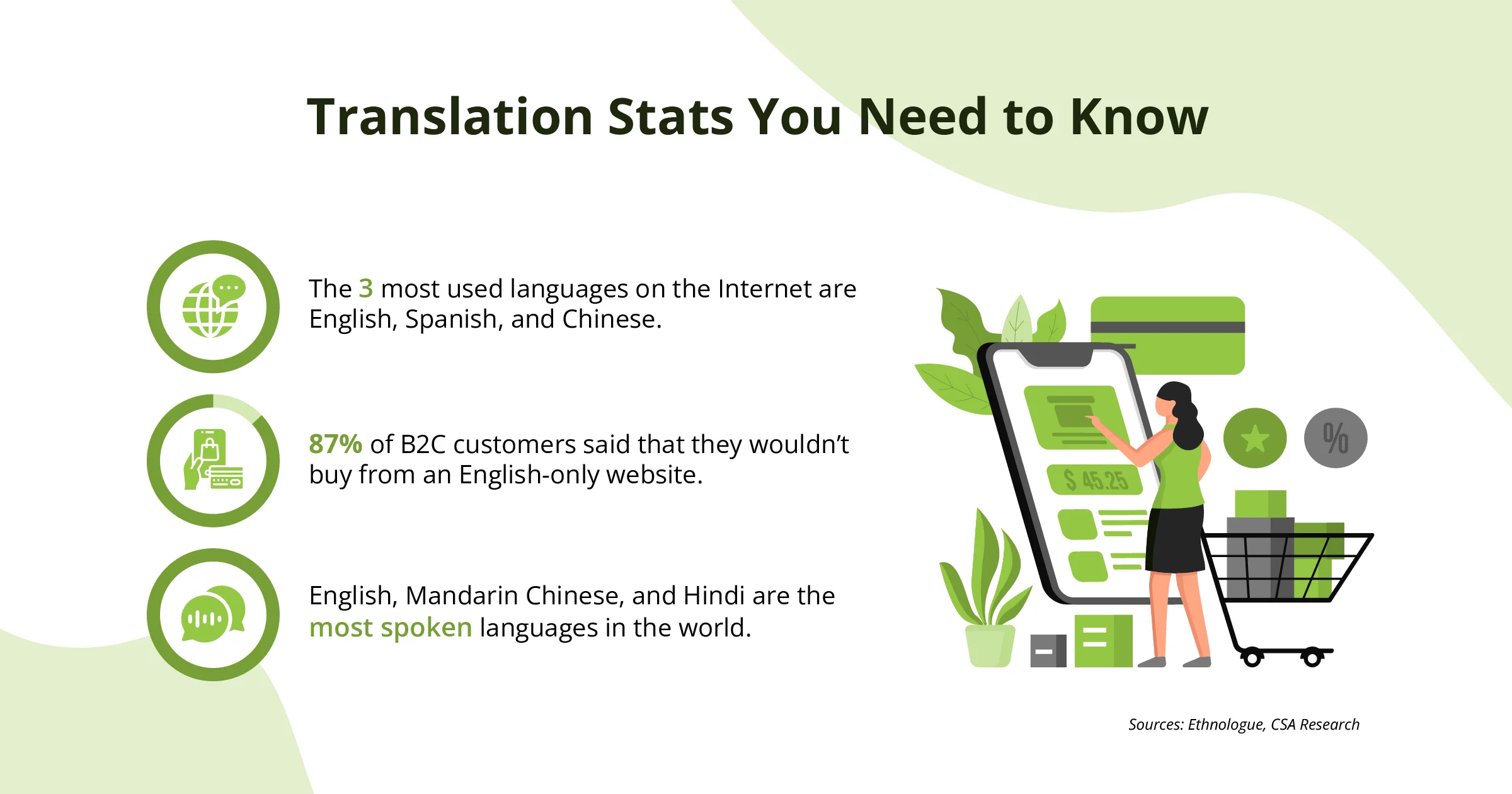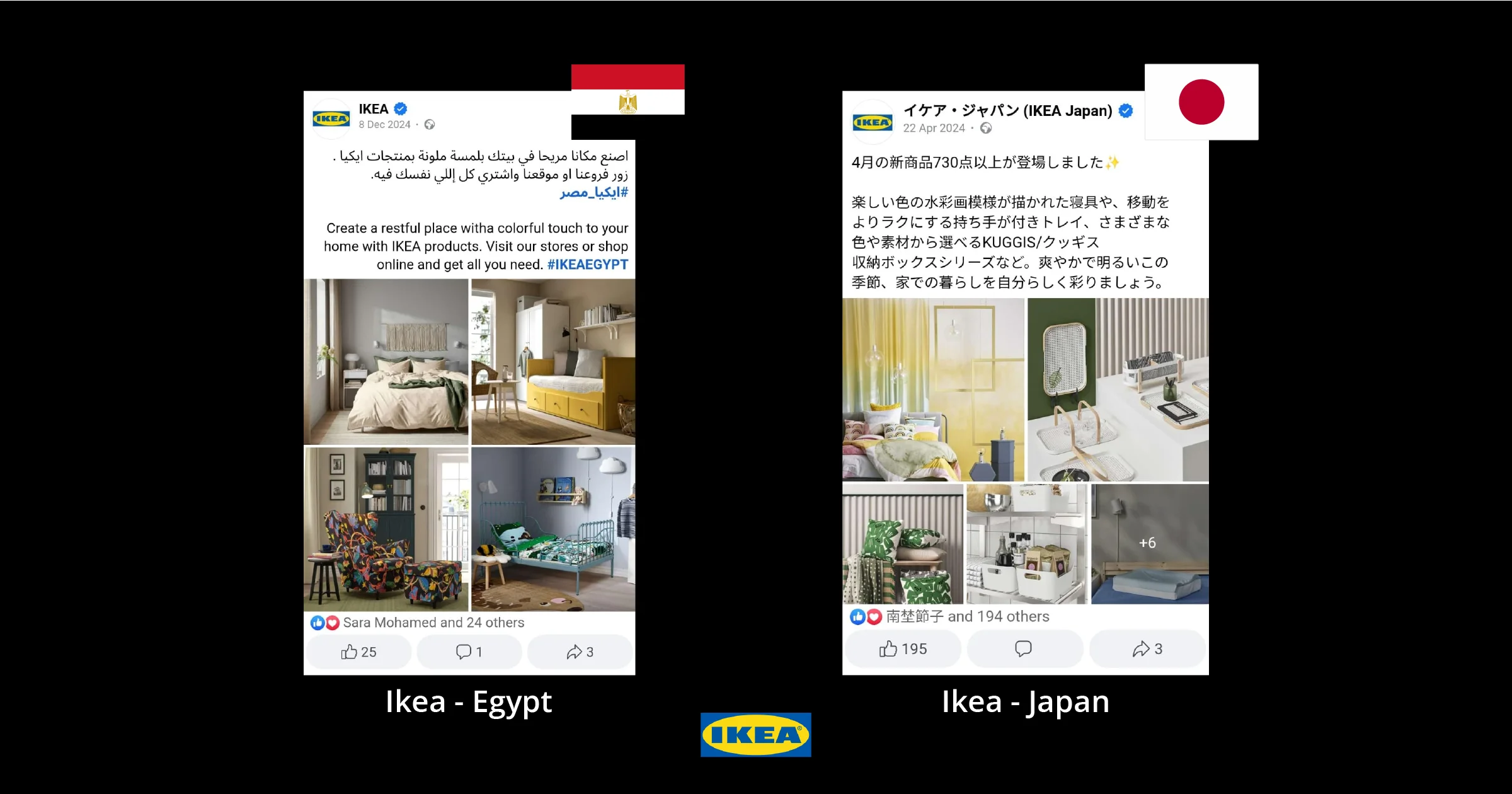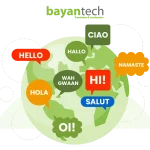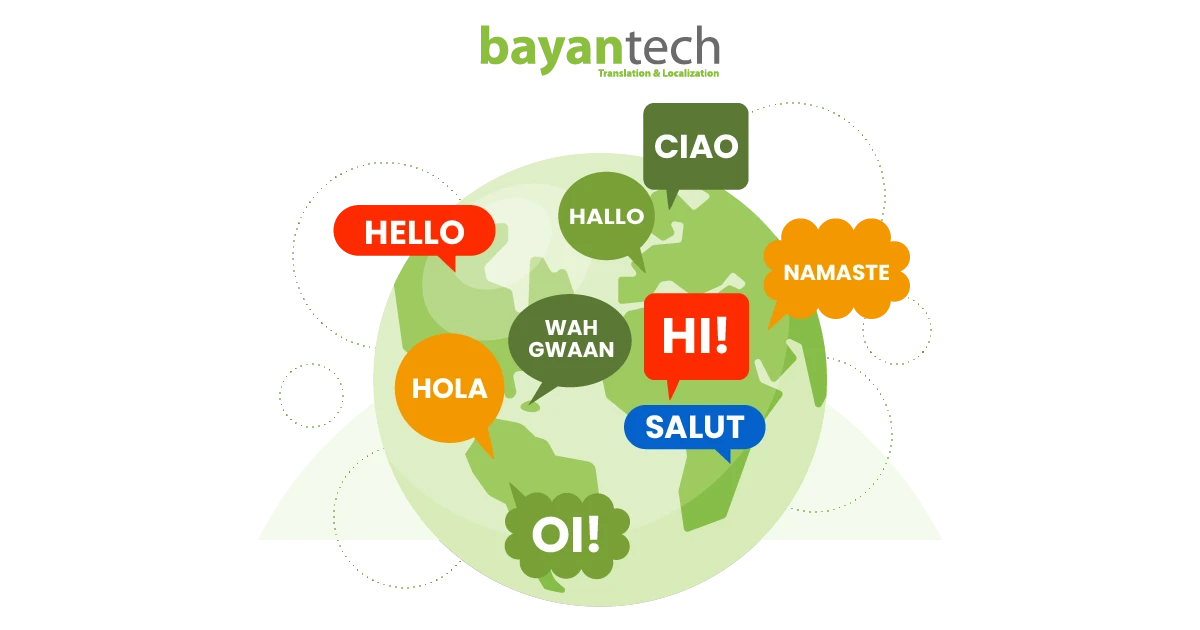If you’re a business owner, chances are you have a marketing team working on strategies to promote your product or brand.
But do you have a marketing translation strategy?
If not, you’re missing out on a big opportunity to maximize your profit.
Read this blog to learn all about marketing translation, why your business needs it, and how to do it right.
What Is Marketing Translation?
Marketing translation is the process of translating marketing material from one language to another while considering the cultural nuances of your target audience.
This includes adjusting tone, style, and messaging for local relevance.
Marketing material that requires translation include
- websites and landing pages,
- social media posts and ads,
- product descriptions and brochures,
- email campaigns and newsletters,
- video scripts and subtitles.
Basic translation works for straightforward content like product info or legal documents. But when it comes to creative marketing, you also need localization and transcreation.
Localization and transcreation help reflect cultural references, beliefs, and values that resonate with the target audience, which creates a successful marketing campaign.
Benefits of Marketing Translation
Increased Global Reach
“Go big, or go home”
In the business market, going big is hitting worldwide markets and not just limiting your business to local regions.
And marketing translation is the key to expanding your global reach. All it takes is a bit of research on your target markets and making use of professional marketing translation services.
Better Engagement and Increased Brand Awareness
Another advantage of marketing translation is improved customer engagement.
By speaking your customer’s language, they will feel respected and appreciated, and as a result, they will be drawn to your brand and engage more with it.
This of course will result in more clicks and conversion rates and will boost overall brand awareness and visibility.
Driving Sales and Revenue
Marketing translation of course plays a crucial role in boosting sales.
By effectively tailoring your messaging to new markets, you can tap into opportunities as vast as China, the world’s second-largest consumer market.
Beating Your Competition
Marketing translation will also give you an edge over your competitors.
So many businesses just run the text through automated translation machines and end up with bad translations.
But by providing proper translation for your target audience, you get a step ahead of your competitors.

Challenges of Marketing Translation
Ask a translator working in the marketing translation field to describe their role and they’ll probably tell you that they’re a full-time translator, part-time creative writer and cultural expert.
That’s because marketing material has unique features that can make its translation a bit challenging. Let’s explore some of these challenges.
1. Eliciting Emotions
Marketing content is designed to evoke emotions like excitement, joy, or trust—all to motivate customers to take action.
And emotional triggers rely on culturally specific phrases and tones, which differ from one language to another.
Emotional triggers in marketing campaigns could be humor, idiomatic expressions, or imagery.
And the challenge here is to translate these elements in a way that resonates with the target customer.
2. Cultural Nuances
Cultural nuance, niche references, and trends are often the building base of marketing content.
The challenge lies in adapting these elements into the target language while keeping the content relatable and avoiding offense or confusion.
Cultural nuances include behavior, communication, and customs.
3. Brand Consistency
Another tricky thing to consider in marketing translation is maintaining the brand identity in the translated copy.
Say, a brand’s image is professional and serious; the language used in the target text in that case can’t be informal and funny.
That way, the brand image will be lost and will cause the marketing translation to backfire.
4. Visual Alignment
Visuals are like spice; without them, marketing content is bland.
And the challenge here is to align the visuals with the translated text.
Things that should be adapted in visuals are colors, symbols, and gestures.
And translators should be aware of anything that might be taboo in the target culture to avoid in the localized visuals.
5. Wordplay and Taglines
Marketers are always thinking of some witty wordplay, pun, or slogan that will catch the attention of the customer.
Translating these and delivering the same impact as the source text can be a real challenge.
Sometimes, the pun or slogan will only work in the source text but not when translated, which will then require transcreation from the translator.
6. Space Constraints
Translators are constrained when it comes to space. Usually, headlines, slogans, or even social media posts are short and to the point.
So, the challenge for the translator would be to keep the same length and create an emotional impact as well.
This can be especially hard because some languages are more wordy than others.
Best Practices for Marketing Translation
Define Your Target Audience
The first step in a marketing translation project is to define your target audience.
You need to know their culture, characteristics, and preferences in order to use that as a reference later.
Develop a Strategy
Next up, you need to develop a clear marketing translation strategy.
This strategy should align with your overall global marketing goals.
Collaborate with Experienced Translators
Now comes the actual translation.
You need to make sure you work with experienced translators who specialize in marketing translation and have a deep understanding of the target language and culture.
This way, they’ll be able to follow your marketing strategy and achieve your goals.
Use a Translation Management System
To streamline your workflow, maintain consistency, and reduce costs, it’s best to use a translation management system (TMS).
This way, you’ll get the best of both worlds: the cultural awareness of your translators and the efficiency of technology.
Quality Assurance
Another important step to include is to conduct a detailed quality assurance process. This way, you ensure that the translation is accurate and culturally appropriate.
Adapt Your Messaging to the Target Culture
Make sure that there’s flexibility to adapt and recreate during the translation process when needed.
This way, you cater to the cultural values and preferences of the target audience.
Localize Your Visuals
And let’s not forget multimedia localization.
Visuals like images and videos that accompany the text should be translated and localized to create a fully localized experience in your international marketing campaigns.
Test Your Translated Marketing Material
Now, to be absolutely sure your translated marketing material passes the test, it’s optimal to test it with native speakers.
This will help determine if the campaign is effective and culturally appropriate and will also help avoid any type of blunders.
Successful Marketing Translation Campaigns
We can learn from Ikea’s marketing translation strategy.
Here are two examples of their social media posts on Facebook promoting their furniture in Egypt and Japan.
Both ads use the language that speaks to their target audience. Ikea’s page name is even translated into Japanese, and the caption on Egypt’s Ikea page includes both English and Arabic for bilingual Egyptian people.
With bayantech, your translation project is in safe hands!
bayantech offers top-notch marketing translation services, ensuring your campaigns and ads are effectively localized across all mediums.
Website translation services are also available to translate and localize your website for a more user-friendly experience.
Elevate your marketing strategies and send us your project now!
Marketing Translation Pushes
Your Business to New Heights








